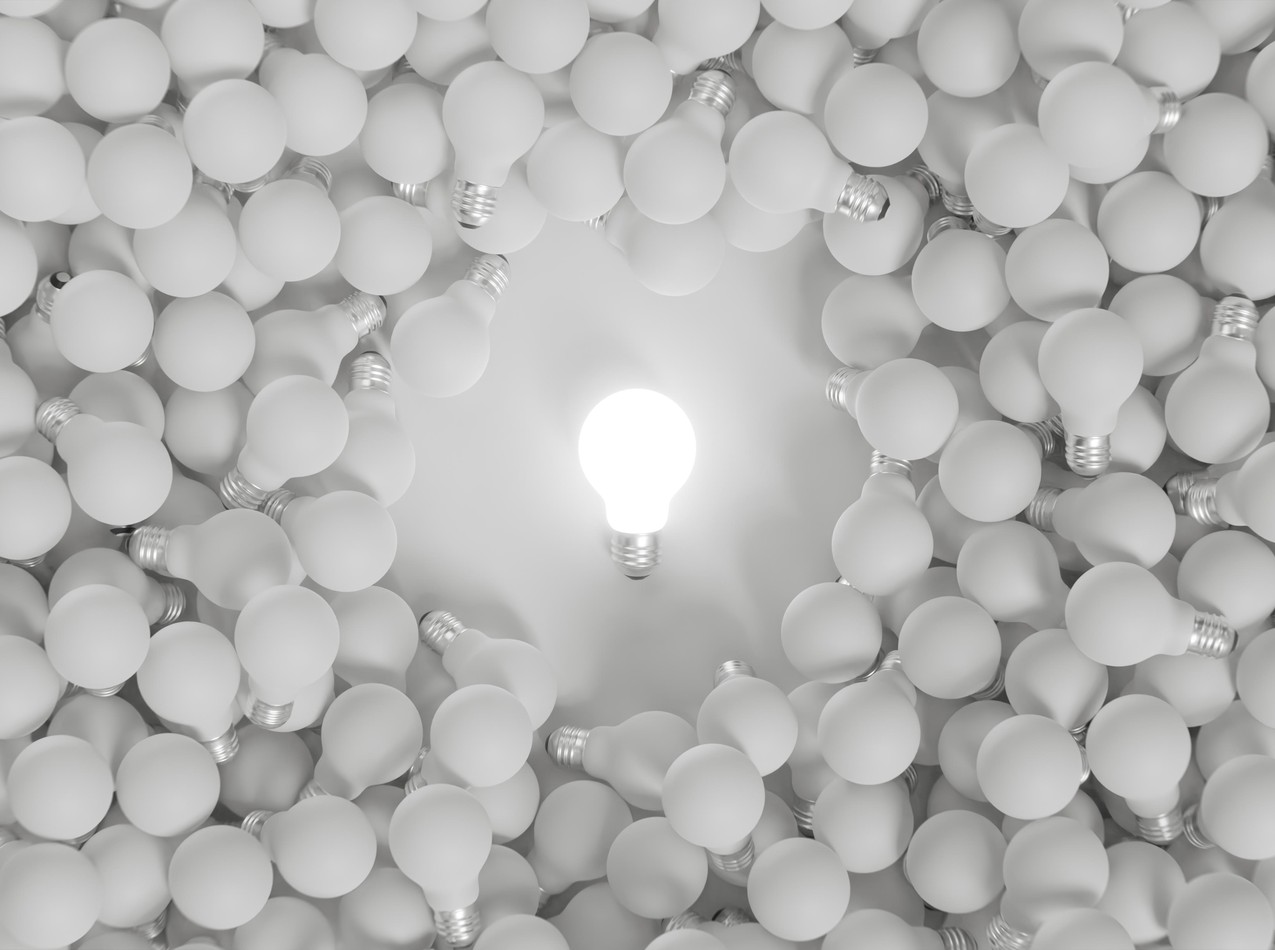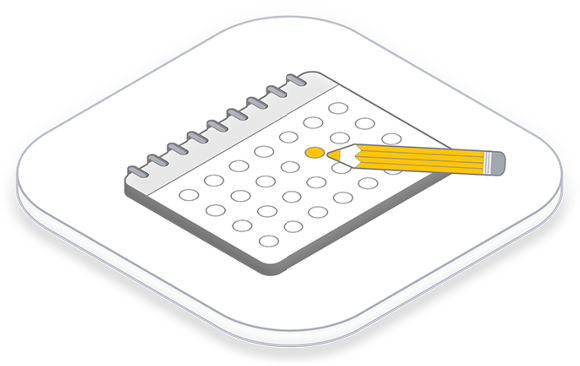In our last blog post, we looked at the extent to which Artificial Intelligence can be used to create content for election campaigns. But are these results really creative or can AI produce real innovations at all? The following blog post examines the capabilities of AI in the field of creativity, identifies its limitations and shows how it can support humans in creative processes.
The creative capacity of AI
AI systems, especially those based on machine learning, have developed impressive abilities to recognize patterns, analyze data and make decisions based on it. Creativity, however, is not just about analysis and imitation, but also about the ability to create something new and unexpected. In fact, there are already examples of this form of creative output:
Art and design: AI programs such as DeepDream and DALL-E have shown that they can create unique works of art that are often surreal and impressive. These programs use large amounts of data from existing artworks to generate new images that often challenge human artists in their originality.
Music: AI systems such as AIVA (Artificial Intelligence Virtual Artist) compose original pieces of music by learning from a wide range of historical music. These pieces of music can be emotionally moving and technically complex.
Literature: AI-supported tools support writers in the creation of narrative texts and can even write independent short stories. Such systems learn from a variety of literary works and are able to produce coherent and often surprising texts.
Limits of AI creativity
Despite these impressive examples, the creativity of AI remains limited. The main limitation is that AI is predominantly dependent on the data it has been trained with. It can only innovate within the framework provided by this data. AI is currently unable to think beyond its programming and the information available to it. This means that true innovation – the ability to break paradigms and develop entirely new ideas – remains a human domain. While AI may not be the source of original creativity and breakthrough innovation, it can still provide valuable support in creative processes. Here are some areas where AI can help humans:
- Idea generation
- Prototyping
- Personalized experiences
- Cross-industry innovation
This is what an AI-supported innovation process can look like
An innovation process flanked by AI integrates Artificial Intelligence into every step, from initial problem identification to market launch and beyond. This approach makes it possible to respond faster to market needs, shorten development cycles and reduce the likelihood of failure by relying on data-driven insights and complementing human creativity with technological capabilities.
-
Problem identification and data analysis
Use of AI: Use of data mining techniques and predictive analytics to recognize trends, analyze needs and identify potential problem areas.
Example: An AI system analyses customer feedback, market data and social media to identify that there is a strong need for more sustainable packaging solutions in a particular segment.
-
Idea generation
AI deployment: Use of AI tools such as natural language processing and machine learning to generate ideas based on existing databases and previous projects.
Example: An AI that has been trained on previous successful projects generates suggestions for innovative packaging materials that are environmentally friendly and cost-effective to produce.
-
Prototyping and simulation
Use of AI: Use of AI in simulation and prototyping to quickly test different designs and marketing approaches and to evaluate the feasibility of new ideas without having to create physical models or maintain production and storage capacities.
Example: An AI-powered CAD program creates multiple packaging designs and simulates their performance under different conditions to determine the best option.
-
Feedback and iteration
AI deployment: Automated collection and analysis of feedback on prototypes and marketing concepts from various sources, including virtual focus groups, to rapidly iterate the designs.
Example: An AI conducts online surveys and analyzes user reactions to various prototypes and product positioning to suggest and quickly adjust improvements.
-
Market launch and monitoring
AI deployment: AI-supported systems to monitor the market launch and analyze the performance of the new product to enable further improvements and ensure success.
Example: Post-launch, an AI uses analytics tools to monitor sales figures, customer reviews and market feedback to identify trends and suggest possible improvements for the next product iteration.
-
Scaling and optimization
Use of AI: Application of AI for process automation and optimization to scale production and maximize efficiency.
Example: AI systems optimize the supply chain and production processes to maximize the availability of the new product and reduce costs.
Conclusion
Artificial Intelligence has the potential to significantly impact the field of creativity by enabling people to realize their creative vision more efficiently and effectively. Although it is unlikely to be the source of breakthrough innovation, its ability to augment existing knowledge and create new combinations is undeniably valuable. Collaboration between humans and machines holds the greatest potential for future creative and innovative breakthroughs.
AI cannot replace individual creativity, but it can support it. Our experts will show you how to integrate the technology into your business processes in a meaningful way.
About the author



Comments